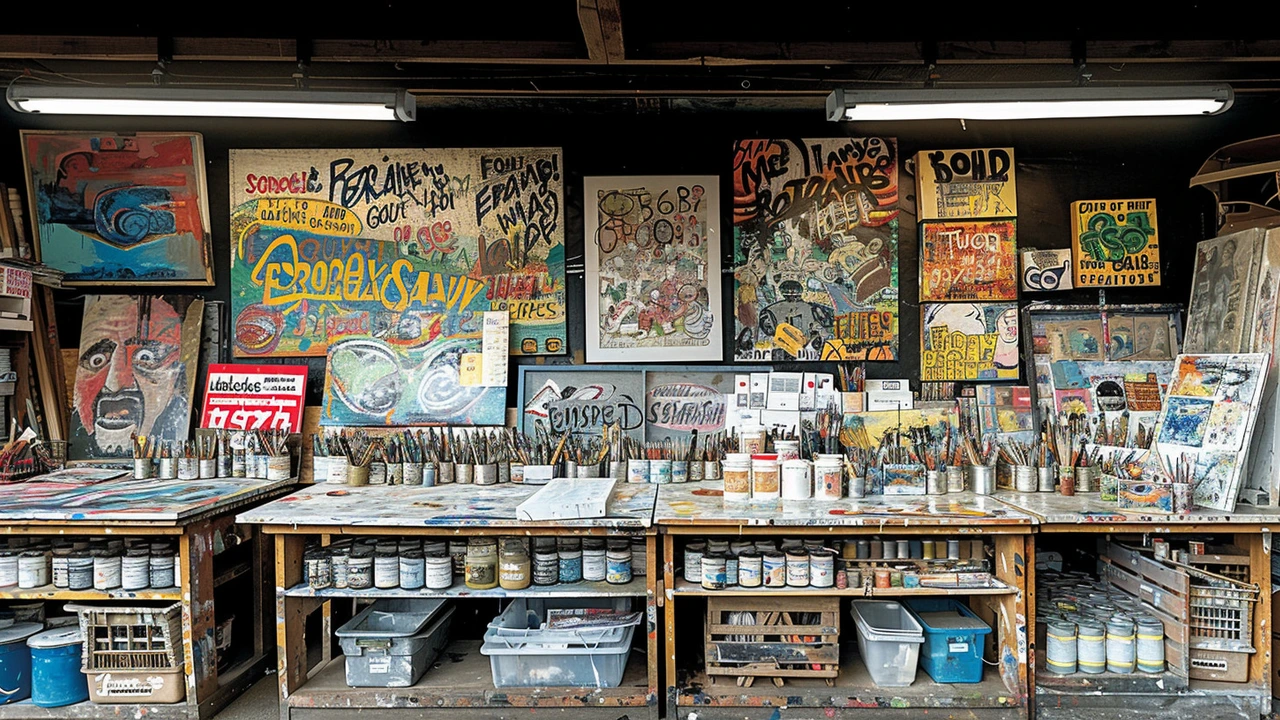Defying Conformity: How Artists Break Rules and Why You Should Care
Fact: a handful of rule breakers made the art world modern. When artists refuse to follow the usual paths, they create work that pulls attention, starts debates, and changes how we see everyday things.
Defying conformity means turning expectations upside down. It can be a painting that looks like a photograph (photorealism), a stage act that invites the audience in (Fluxus), a city park built from land art, or furniture that blends craft and machine (Bauhaus). These moves aren’t random — they challenge technique, purpose, scale, or social norms.
How do you spot art that resists fitting in? Look for surprises: odd materials, broken perspective, giant or tiny scale, works that need you to move through them, or pieces that mix politics with beauty. Installation art and land art often force you to change how you move. Cubism breaks objects into angles; Abstract Expressionism throws emotion on the canvas. That sense of challenge is the marker.
Simple ways to explore or use rebellious art
1. Start close: read a quick piece about Fluxus or Cubism and watch a short video of a performance. 2. Visit a public installation or a local gallery installation; you’ll feel the difference fast. 3. Bring one bold piece into your home—an oversized print, a sculptural lamp, or avant-garde decor—to test how it changes a room. 4. Try a small creative experiment: limit yourself to one tool or swap materials you’d never use. 5. Follow movements that break rules for different reasons—Bauhaus for function, Primitivism for fresh forms, Futurism for tech ideas. 6. Read up: articles on Paul Artistry cover Photorealism, Bauhaus, Fluxus, and more to match your interest.
Quick reads on Paul Artistry: with "Fluxus: The Art Movement that Changed How We See Creativity" for sense of why play matters; read "Bauhaus: Redefining Art and Design for the Modern World" to see practical rule breaking in design; check "Avant-Garde Home Décor: Creative Tips to Transform Your Space" for concrete ways to use bold art at home; open "Photorealism Art: Techniques, Secrets & History for Stunning Realism" study how skill can rebel; and explore "Installation Art: Evolution, Techniques, and Famous Works Explained" to learn how space and viewer interaction flip expectations. Each piece gives examples you can try or spot.
If you make art, pick one rule in your practice and flip it. Use nontraditional tools, collaborate with a musician or coder, or place your work in a non-art spot. Constraints spark creativity; a single odd choice can lead to a whole new direction.
Why this matters beyond galleries
Breaking art rules reshapes design, cities, and identity. Bauhaus changed furniture and buildings; Futurism hints at how cities use tech; the Harlem Renaissance remade cultural voice. When artists defy conformity, they push wider culture to rethink what's normal. Explore those stories on Paul Artistry, try one small change in your space or work, and see how a rule break can open a new way of seeing.

